Our gomen treats all ‘pendatangs’ the same. Here’s why you should care.

Here’s a question for y’all: are these people foreign workers, refugees or illegal immigrants?

Yeah, most of y’all couldn’t tell, right? Turns out, our government allegedly can’t either – they treat all foreigners who come into Malaysia without proper documents the same way, regardless of their intentions. Whether you’re seeking asylum or or a job, whether your visa expired or you never had one, there’s always a chance you’ll be detained and sent to a detention center… if you’re not white.
Now, why does this matter? Pendatang is pendatang, right?
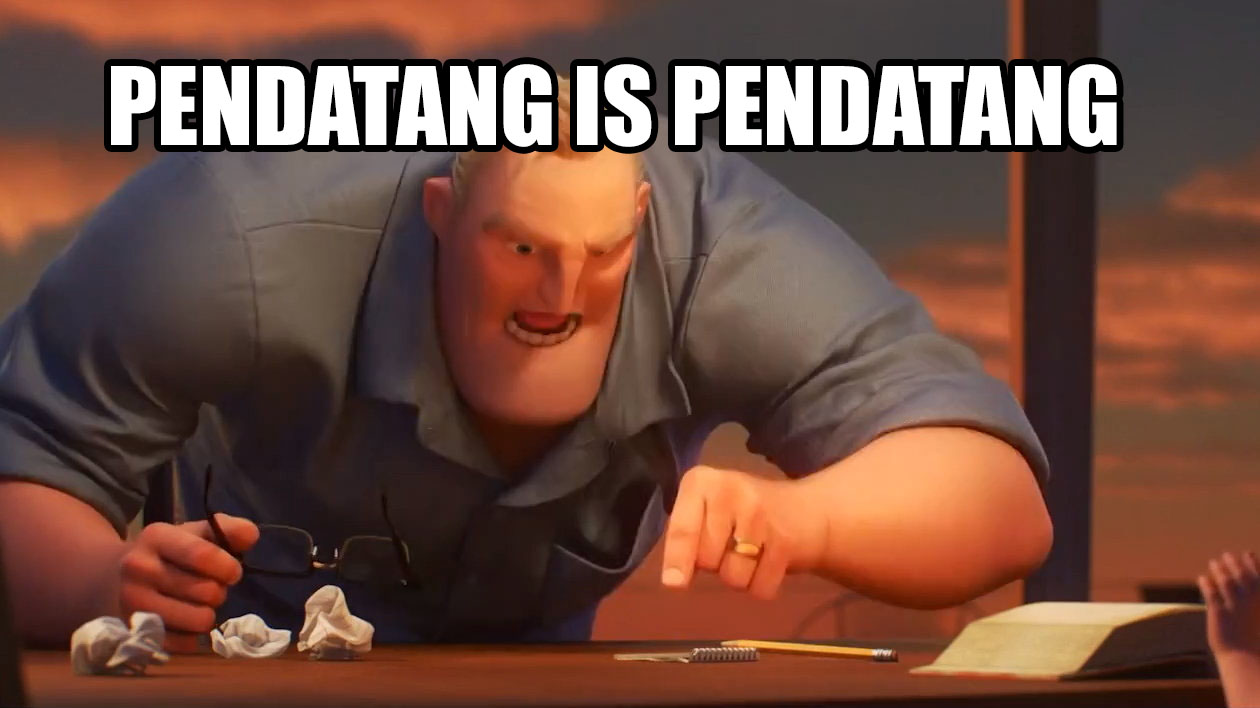
Technically yes, but it’s a bit more complicated than that, especially if you mix in the recent fracas with the Bajau Laut people in Sabah into the mix. It can’t be denied that the number of non-citizens in Malaysia had been a source of anxiety for the rakyat in recent years, but it seems like no big plan to address that had been offered so far.
To understand why, we have to first understand that pendatangs in Malaysia come in a variety of flavors, so today we’ll take a look at some of the terms used to refer to pendatangs. Starting with…
1. Migrant, Immigrant & Illegal Immigrant
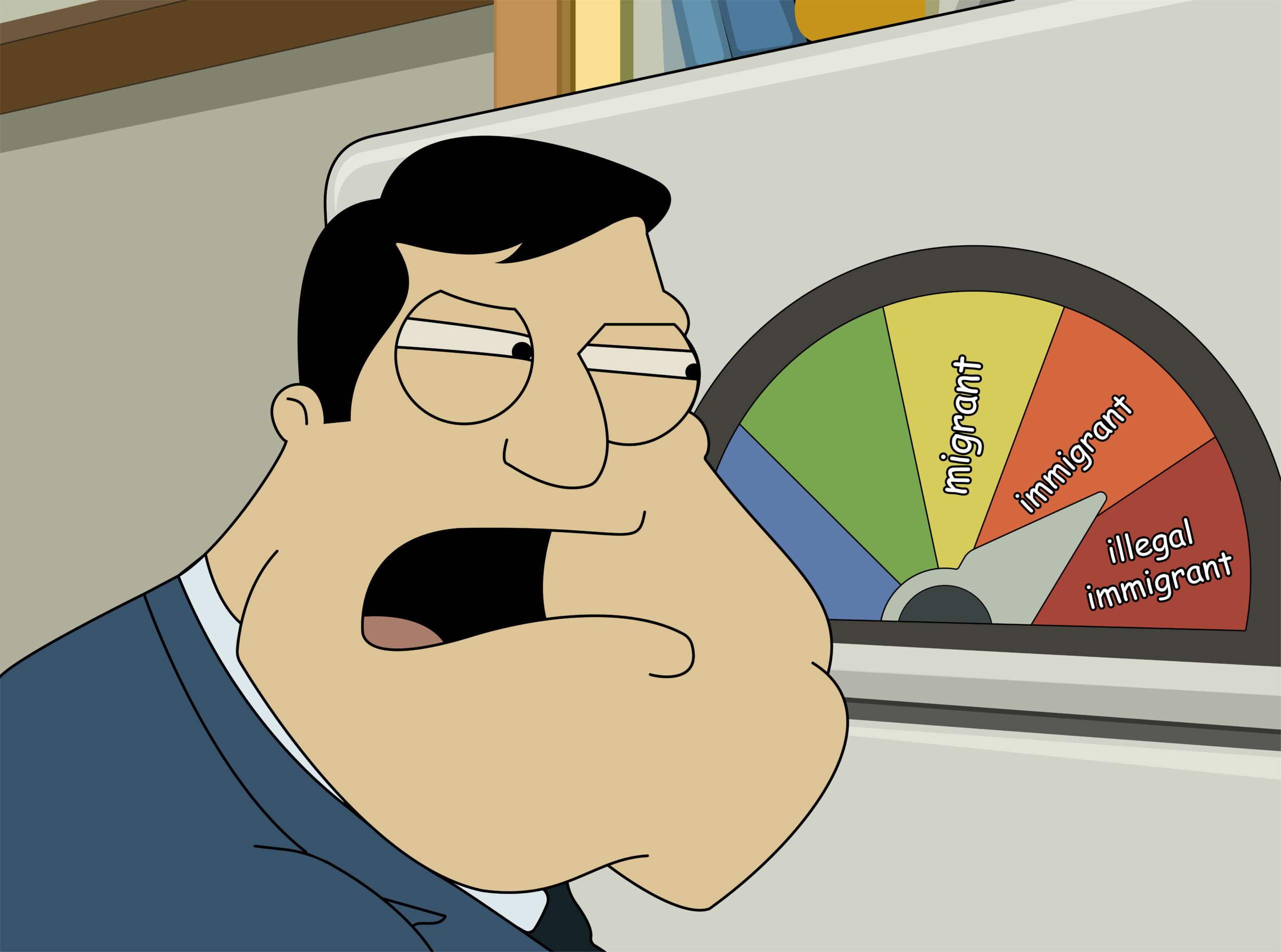
Despite being commonly used in Malaysian media to refer to foreign workers, the word ‘migrant’ is very all-encompassing. Essentially, anyone who moves away from where they used to live can be said to be a migrant, whether they’re a Kedahan living in KL for a few months, a Sabahan working in Australia under a five-year contract, or a Rohingyan coming to Malaysia for an unknown time. It’s an umbrella term that may include all the other types of pendatang we’ll see later on in this article.
“[Migrant:] An umbrella term, not defined under international law, reflecting the common lay understanding of a person who moves away from his or her place of usual residence, whether within a country or across an international border, temporarily or permanently, and for a variety of reasons.” – definition by the UN’s International Organization for Migration (IOM).
Immigrants, for Malaysia, are people from outside the country who come in with the intention of staying here for a longer period of time, usually more than a year. Usually, immigrants are voluntary and will have done lotsa research about their destination before moving. The opposite of this is emigrant, for example your Malaysian friends or family who wanna move to Australia to kerja and live there for good.
When immigrants are here unlawfully, they’re called illegal immigrants. These immigrants could be intentionally illegal by coming in without proper documents or overstaying their visa, or unintentionally illegal like victims of human trafficking. Of course, there’s also the case of asylum seekers and refugees, which we’ll get to later.
Anyways, moving on to perhaps the most common kind of migrants that Malaysians encounter…
2. Foreign Workers and Expats
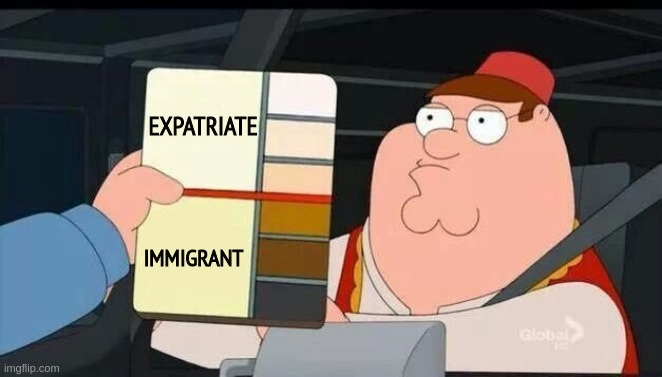
Technically, foreign workers are any foreigner that works here, but you’re probably thinking of the Nepalese guards at your office or the Bangladeshi guys repairing the pothole near your taman perumahan. These workers are commonly from south and southeast Asia (think Indonesia, Phillipines, Sri Lanka, etc), although some may come from places like central Asia (think Nepal, Uzbekistan, Turkmenistan, etc) as well.
There are actually strict rules on foreign workers in Malaysia, such as which countries they can come from, what sectors they can work in, and how long they can stay, to name a few, so it’s not hard for some of them to be illegal. While in some cases they may be illegal due to their own actions (like absconding), other times it’s the employers who are responsible for not following the proper procedures. Some foreign workers here had even been brought into this country through human trafficking.
In contrast, we also have expatriates, or expats for short. These are also foreigners who work in Malaysia, but the difference is that they’re usually white more atas: they need to either work in a company’s key position (think managers), as executives (middle management), or needs to be highly skilled (think submarine operator for undersea cable laying or something) to be recognized as an expat. The keyword here is they need to be a ‘skilled professional’.
While foreign workers often leave their families behind to work in Malaysia, if an expat earns enough money (like more than RM5k a month), they can even apply for passes to bring their families and even a maid to stay here as well. So those are some differences between foreign workers and expats.
Moving on to less voluntary migrants…
3. Refugees & Asylum Seekers
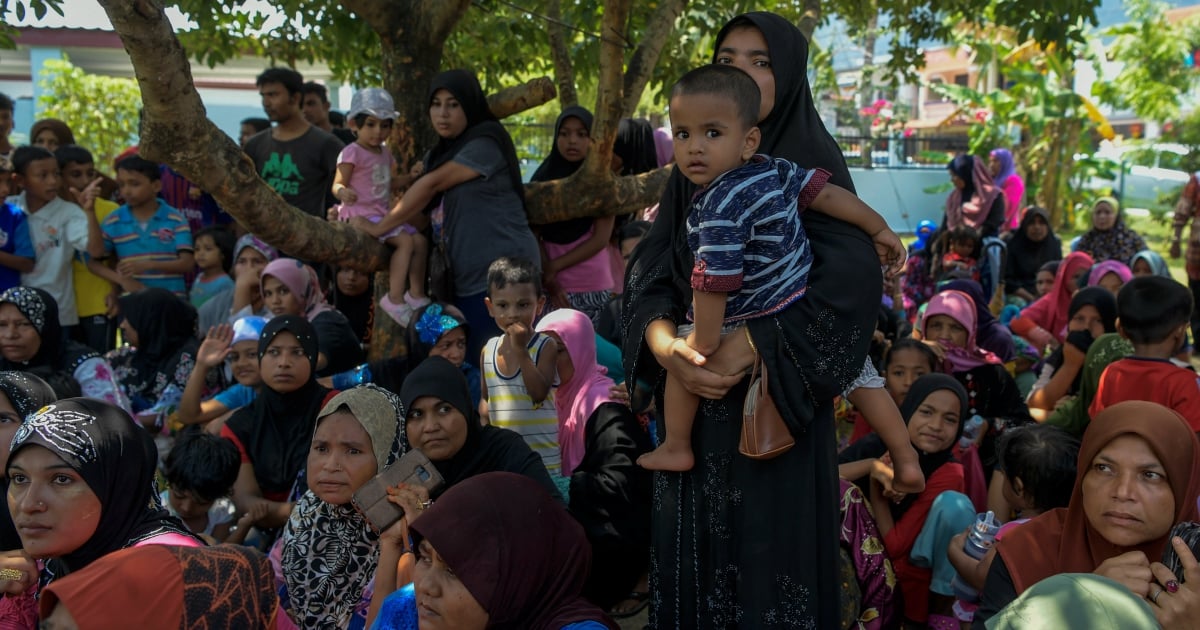
By now, we’re all probably familiar with Rohingyans in Malaysia, so here’s a pop quiz for you: are they asylum seekers, or refugees? What’s the difference?
Well, if the situation in your country is so bad that you’ll be in grave danger if you stay, you may try to leave the country and seek asylum – or protection – from another country, becoming an asylum seeker in the process. Once you manage to convince either the new country or the UNHCR (United Nations High Commissioner for Refugees) that you really need asylum, you’ll be registered and recognized as a refugee.
While there are some perks to being a recognized as a refugee in some countries, in Malaysia it doesn’t really make a difference, since we don’t legally recognize asylum seekers and refugees. They’re not allowed to work legally, don’t have much protection from the law, and are essentially illegal immigrants.
So to answer the above pop quiz… it doesn’t really matter in Malaysia. For now.
4. Victims of Human Trafficking

Speaking of not having a choice, there are people who literally get smuggled into other countries to be slaves, either through trickery or straight up kidnapping. These people are victims of human trafficking, and unscrupulous businessmen and organized crime syndicates have been bringing these people into Malaysia to ‘work’ as ‘guest relation officers’, construction workers, straight up sweatshops and more for a long time, often without proper pay and/or under bad working conditions.
Because of that, these people often fall under the category of illegal immigrants, and unless they get rescued, they’re at risk of being sent to detention camps like other kinds of illegal immigrants.
So far, we’ve covered people moving from one country to another, but the next one is kind of a special case, since they can include local people as well.
5. Stateless People
As y’all can probably tell from the term itself, stateless people are people with no nationality, not belonging to any country. While being stateless may not sound like that big of a deal, in reality it’s a horrifying state to be in.
Think of all the things you need your IC or MyKad for, and imagine not being able to do any of them. Not getting medical attention at government hospitals for 1 ringgit, not being able to open a bank account, sign a proper employment letter, get a loan, register in school, or even make a police report. There’s a constant fear of the authorities in general for some of them, and as highlighted in this documentary by Fourth Alliance and Malaysiakini, even if your baby gets stolen there’s not much you can do about it.
Some stateless people in Malaysia do try to get nationality, but it can get difficult. For example, Wong Kueng Hui was born in Sabah to a Sarawakian dad and a mother of unidentified nationality. Both his parents had passed away, and it took him 16 years to finally get a MyKad from his first application when he was 12, due to court battles, appeals, and bureaucracy. During this time, he had to take whatever job opportunities available to stateless persons – with one of them only paying him RM500 a month, 40% less than his colleagues – all while keeping his head low and avoiding the authorities.
Anyway, now that we’ve seen the difference between the pendatangs, it should be clear that…
A one-size-fits-all solution will never solve our pendatang problem
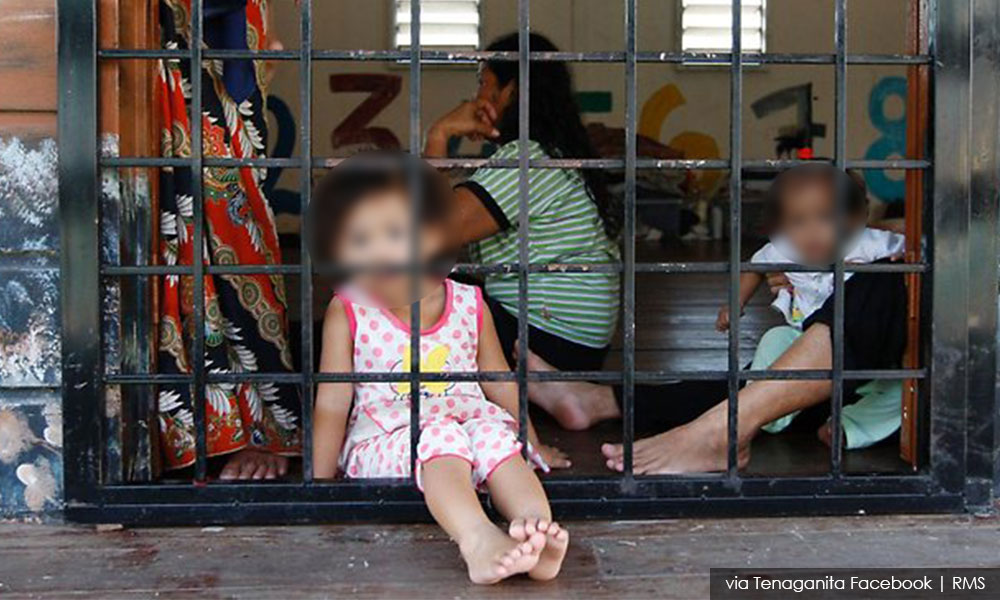
It’s easy for most Malaysians to look at someone who doesn’t look local and identify them as a pendatang. But as explained above, these pendatang have various circumstances that led them to be here in the first place, so we can’t just deal with them all in the same way. For example, it might be reasonable to catch workers who overstay their visa and send them back to their home countries, but we can’t (and shouldn’t) do that to stateless people and refugees.
While it can’t be denied that some pendatangs might be here to take advantage of us, others might be here against their will or simply because they have no other options. So the current way the government seems to handle undocumented migrants – by shoving any they can find into immigration detention centers, where conditions are allegedly atrocious while figuring out what to do with them – is barely a band-aid for a huge and complex problem.
Which is why it’s important for us to first acknowledge that not all pendatangs are the same. And once we, the people, understand the pendatangs’ circumstances and what it would take to resolve them, the government – which is made up of people – will have to act on it.
